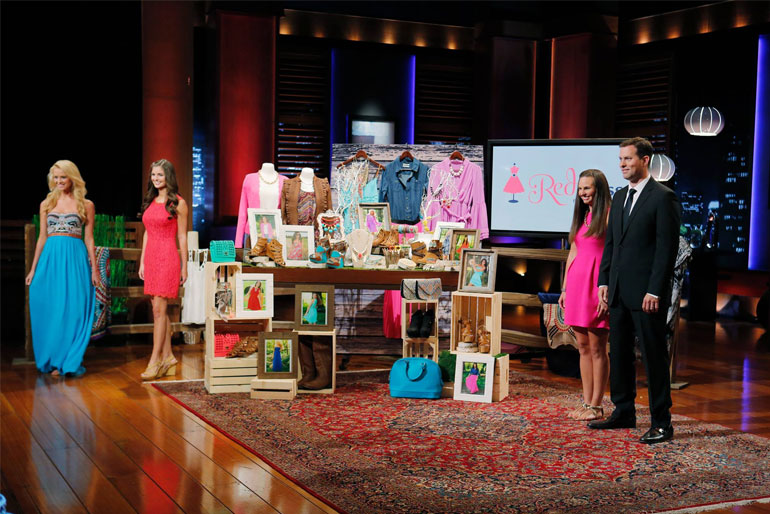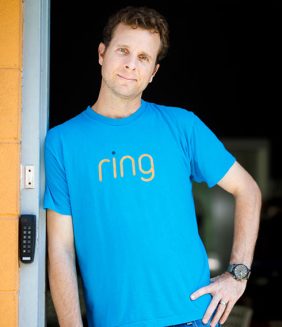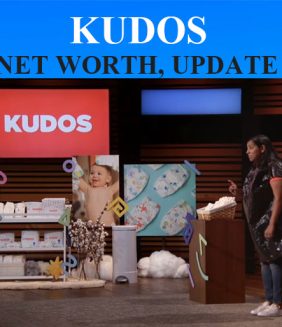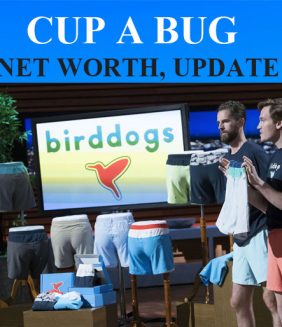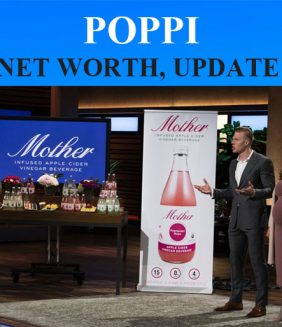Diana Karam Oley and her cousin Josh Karam never planned on running a fashion empire. Diana simply wanted work that felt alive. Tired of an office job that paid the bills but drained her spirit, she began listing cute, affordable dresses on eBay from her basement. The response was instant: buyers loved her eye for style and the prices that stayed under fifty dollars. In a few short months the hobby turned serious, and the pair started dreaming bigger.
In 2005 they packed up and moved to Athens, Georgia, a lively college town whose creative vibe matched Diana’s personality. They poured their savings into a small brick‑and‑mortar shop and called it Red Dress Boutique, a name inspired by a childhood memory of Diana’s favorite red dress. The store drew walk‑ins, but the real turning point came in 2010 when they added an online storefront. That first web year closed at about $63,000 in sales—modest, yet enough to prove internet shoppers wanted what Diana was curating.
Diana’s idea of “curated fashion” was straightforward: scour suppliers, pick only the pieces she loved, style complete outfits, give each look a fun title, and photograph everything on relatable models. Because nothing cost more than a fancy dinner, fans returned often to refresh their wardrobes. Social media, especially Facebook, did the heavy lifting. Diana posted daily outfit photos, chatted with customers in comments, and celebrated every sell‑out item like a small victory. By 2013 the web shop cleared $7 million—not bad for a brand that started in a basement.
Average orders sat around $75, and the typical buyer came back five times a year. Those repeat numbers excited potential investors because they showed a sticky customer base. The cousins handled growth with scrappy tactics—late‑night packing sessions, self‑taught coding tweaks, and home‑grown marketing videos. Yet scaling any e‑commerce operation eventually requires cash and seasoned guidance, and that is why they applied to appear on ABC’s Shark Tank.
The Shark Tank pitch
On episode 605, Josh and Diana walked into the tank asking $600,000 for five percent of the company, pegging their valuation at $12 million. They stressed speed: Red Dress was, at the time, the fastest‑growing online women’s clothing retailer in the United States. The Sharks perked up when they learned the business had done $8 million the previous year and was tracking toward $12–$15 million in the current one, with roughly $2 million in profit.
Kevin O’Leary worried that duplicating Diana’s intuition would be hard; Lori Greiner felt she wasn’t the right partner; Daymond John, despite his apparel background, bowed out. That left Mark Cuban and Robert Herjavec. Robert first offered the full $600,000 for fifteen percent. Negotiations heated up until Mark joined Robert, and together they proposed $1.2 million for twenty percent—double the money but also double the equity. Josh and Diana accepted, sealing a life‑changing deal on air.
Growing pains and a crashed website
The immediate aftermath was equal parts thrilling and terrifying. During the broadcast, traffic flooded Red Dress’s site so fast that servers crashed, leaving countless customers staring at error pages. Even with that meltdown, the boutique racked up about $1 million in sales in just the first six days. Keeping the site online became priority number one. The founders considered a full rebuild that would cost about $250,000—a sum that happened to match the budget needed to patch and strengthen the existing code.
Mark Cuban warned that overhauling a live, profitable store could backfire. “Perfection is the enemy of profitability,” he argued, backing his stance with decades of tech experience. The cousins, eager for a sleeker interface and bigger product photos, initially pushed for the new platform. Tension rose, but advice won out: they paused the overhaul, focused on stability, and sales kept climbing. By the end of 2014 revenue reached $14 million, profits doubled, and the average order size ticked up by ten dollars.
Instead of sinking funds into a shiny website, they built a mobile app and launched an in‑house clothing line. The extra cash also opened a spin‑off brick‑and‑mortar store, Fringe, back in Athens. The decision validated Mark’s guidance, showing that sometimes the smartest move is optimizing what already works rather than chasing perfect new tools.
Taking back control
Success bought freedom. On January 17, 2019, Diana announced via Instagram that she had repurchased the Sharks’ equity for an undisclosed amount. The details remain private, but the move signaled confidence: Red Dress had the cash flow and expertise to stand on its own. In December 2022 the team shortened the name to simply Red Dress, reflecting a broader lifestyle brand rather than a single store. By July 2024 annual revenue hit $29 million, proof that the company could flourish without outside investors.
Why the story matters
Red Dress didn’t break ground with revolutionary tech or luxury gowns. Its edge came from listening to customers, pricing fairly, and telling a cheerful, authentic story each day on social platforms. Even the hiccups—like that infamous server crash—turned into marketing gold because Diana and Josh spoke openly about the challenges, invited feedback, and kept improving.
Entrepreneurs can pull a few clear lessons from their journey:
- Start small, but start today. Diana began with eBay listings and learned as she went. Testing ideas on a tiny scale limits risk and builds experience quickly.
- Community beats advertising. Social media fans who genuinely love a brand will share it far and wide—often more effectively than paid ads.
- Data plus instinct wins. Diana’s eye guided product picks, but sales numbers steered inventory decisions. Balancing intuition with analytics kept the catalog fresh yet profitable.
- Growth exposes weak links. Crashed websites, inventory shortages, and shipping bottlenecks appear when demand surges. Planning for scale—often before you feel ready—prevents disaster.
- Every partnership has a season. The Shark deal accelerated expansion, but buying the equity back later allowed a return to full control once capital and mentorship were less critical.
Today Red Dress continues to ship thousands of budget‑friendly outfits every day, staying true to its founding principle: fashion should feel fun, never fussy, and always accessible. From basement beginnings to a multimillion‑dollar powerhouse, the company shows that a clear brand voice, relentless customer focus, and the courage to adapt can turn a simple idea into a thriving business.


